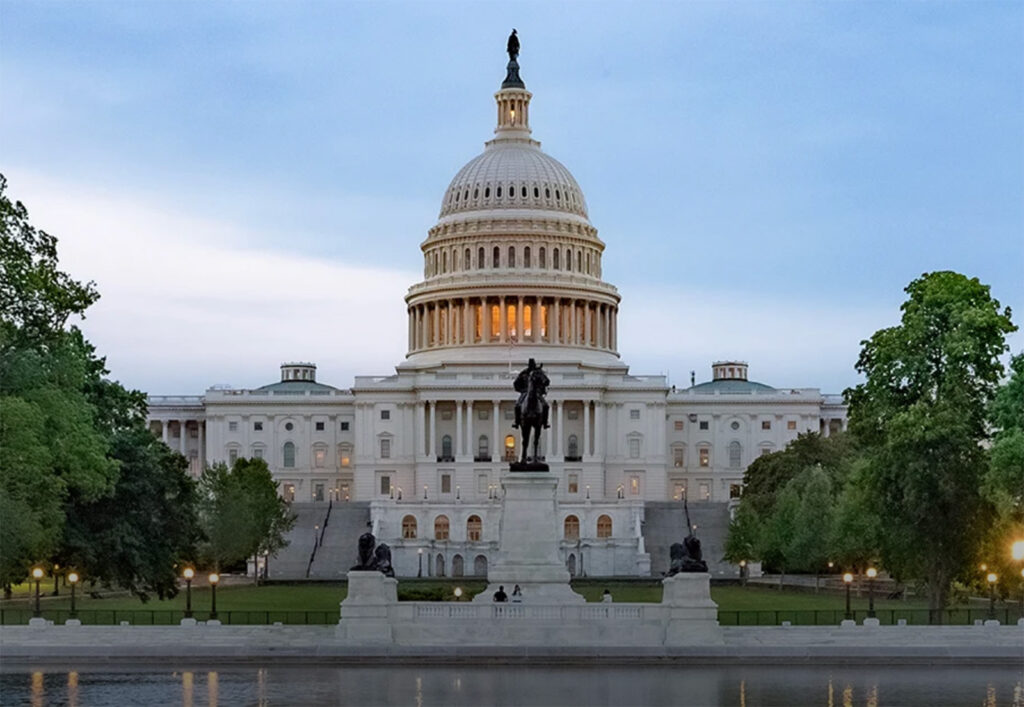What Happened?
Congress cut HUD’s FY24 appropriations for its Lead Hazard Reduction Grant Program by 31%, from $290 to $200 million for FY24. HUD requested $265 million for the program—an 8.6% cut, significantly less than what Congress decided upon. For context, HUD’s overall FY24 funding was cut by 1.9%.1

Making matters worse, Congress also took back $65 million appropriated in FY22 for this program that HUD had until September 30, 2024, to obligate by issuing grants to communities to clean up lead-based paint hazards.
In addition, HUD already planned to close its Lead Risk Assessment Demonstration Grants Program because it received no eligible proposals.2 The Demonstration Grants were designed to fund public housing agencies to test for lead hazards during routine inspections of homes covered by Housing Choice Vouchers. Congress redirected the $49.4 million in unobligated funds from FY22 and FY23 to support the department’s Healthy Homes Initiative.
Below is a table comparing FY23 and FY24 appropriations.
| Comparison of FY23 and FY24 appropriations for HUD’s Office of Lead Hazard Control and Healthy Homes grants | ||||
| Type of grants* | FY23 (millions) | FY24 (millions) | ||
| Lead Hazard Reduction Grants | $290 | $200 | ||
| Areas with the Highest Lead-based Paint Abatement Needs | $95 | $105 | ||
| Healthy Homes Initiative | $85 | $140** | ||
| Weatherization Cooperation Demonstration | $5 | $5 | ||
| Aging in Place Home Modification Grants | $30 | $30 | ||
| Lead Technical Studies | $5 | $3 | ||
| Lead-Risk Assessment Demonstration | $25 | — | ||
| Radon Testing and Mitigation Demonstration | $5 | $2 | ||
| Total | $410 | $345 | ||
| * HUD must obligate new funds by the end of FY26 (September 30, 2026). ** While HUD appears to have received $55 million more for its Healthy Homes Initiative, only $5.6 million was new funding; the balance was the redirected funds described above. About half of the redirected funds must be obligated by end of FY24 with the rest by FY25. | ||||
Separately, Congress continued to provide $65 million a year for HUD to use for healthy homes grants in public housing developments with $25 million of that dedicated to lead hazard control work.
Why it Matters
HUD’s Lead Hazard Reduction Grants are the foundation of most residential lead-based paint hazard remediation in the U.S. While some states and communities have supplemented these grants in recent years with funds from Medicaid, the American Rescue Plan Act (ARPA), and other sources, the HUD grants have been critical since those other sources may have serious limitations.3
Prompted by the Flint Michigan drinking water crisis, Congress steadily increased the funding for these grants from $90 million in FY16 to $300 million in FY21. It dropped slightly to $290 million in FY22 and FY23.
The 31% cuts in FY24 are the first significant drop in a decade, hampering the Biden-Harris Administration’s commitment to reducing children’s lead exposure, as exemplified by its recent announcements of a Lead Pipe and Paint Action Plan and a Get the Lead Out Partnership.
Our Take
Congress appears to either not appreciate the importance of the Lead Hazard Reduction Program or to have lost faith in HUD’s management of it. As we explained in our earlier blog on cuts proposed by the House and Senate Appropriations Committees in July, there are serious problems when Congress cuts new funding and takes back unobligated funds from prior years. HUD clearly had sufficient time to obligate the $65 million by the end of FY24, and there is ample evidence of sufficient demand to have continued funding the program at $290 million.
In reality, the need is much greater. HUD estimates that 2.6 million homes with young children have at least one significant lead-based paint hazard. We must do better to protect these children.
Though we are frustrated with the cuts, we recognize there are problems at HUD. Since launching Unleaded Kids ten weeks ago, the overriding message we have heard from communities and states is that there are serious problems with HUD’s grant programs, problems that go beyond statutory constraints. Some of the complaints can be expected with a competitive grant program, but it is shocking to hear words like “demoralizing” and “infuriating” associated with a program meant to protect children from lead hazards in their homes. It is particularly surprising since we know many of the folks at HUD and how they have dedicated their careers to protecting families from lead-based paint hazards.
We can certainly attribute some of the problems to pandemic-related disruptions. Grantees had new competing priorities, challenges recruiting staff, and difficulty getting property owners and residents to participate. It was also difficult for HUD to educate potential grantees and conduct the site visits essential to grant management.
We had hoped that HUD and the grantees would bounce back from the pandemic quicker. The drastic cuts to funding should serve as a wake-up call to HUD and the communities to fix their systemic problems and demonstrate how critical this funding is to protecting children from lead-based paint hazards.
- HUD had requested an overall budget increase of 1.7%. ↩︎
- See HUD’s budget request. ↩︎
- ARPA was a one-time opportunity provided by Congress. Medicaid is a complicated process that many states cannot take advantage of. ↩︎

